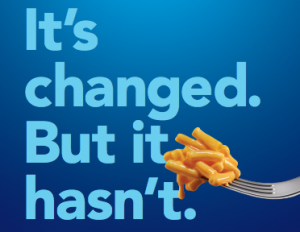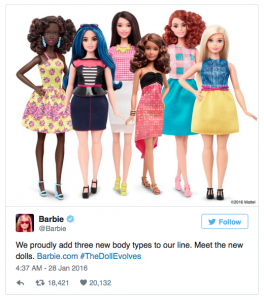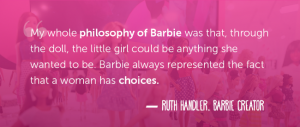The life expectancy of electronic devices is getting shorter every year. According to the CE Product Life Cycle study, consumers expect smartphones to last approximately four to five years. New products are released at a pace never seen before and consumer perceptions of product life cycles are changing. In order to encourage customers to buy the new model, companies slowly stop supporting older operating systems. As soon as a device reaches the end of its useful life, customers simply replace it. This leads to the issue of what happens to products once they are replaced. E-waste has become a serious problem for the environment and the emergence of ethical electronic devices could be the solution to this issue.
Ethical electronic devices are designed and manufactured to have a long-term use. These products are not designed to be obsolete in a few years and to be replaced by a new generation of products. The companies promoting this “new movement” are thinking about the future of the industry by developing sustainable electronics. Yesterday, Apple announced a new recycling program, which aims to reduce the company’s e-waste. Since 2007, when the iPhone was first launched, most of the company’s smartphones have ended up in landfills as e-waste, contributing to air and water pollution. Apple Renew is an initiative towards better recycling processes and encouraging customers to recycle their devices. Apple will collect them for free and deconstruct them, so that many parts can be reused in other phones.
Even though it is great news that a huge company like Apple announced such changes, other companies have been doing things better for a long time and the Dutch startup Fairphone is one of them. I really think that big companies like Apple can learn a lot from this startup. Fairphone offers a smartphone developed with ethically sourced materials, better for the environment and respectful with the people in the supply chain. Its smartphone is easy to repair and customers can do it themselves. In order to stop creating so much e-waste, first we have to change the way smartphones are manufactured and repaired. The idea of a product should be to keep it for as long as possible. Fairphone designs its products to last and to be ethical: “Building a phone to create a fairer economy”.
https://www.fairphone.com/about/
http://www.cta.tech/Blog/Articles/2014/September/The-Life-Expectancy-of-Electronics


